The silhouette of the Patagonian Chloephaga geese is one of the typical postcards of the Patagonian steppes together with the windswept trees, the rheas and guanaco herds. This is especially true in the case of the ubiquituous Upland Goose, but not at all the case with its close relative, the nearly extinct Ruddy-headed Goose, Chloephaga rubidiceps, an endangered species with an estimated continental population of less than a thousand birds and only fourteen reproductive pairs occasionally spotted in their ancestral breeding grounds in the tidal plains of San Juan river, the humid steppe of San Gregorio and some similar wetlands in Tierra del Fuego.
The conservation status of this migratory goose that breeds in Chilean Patagonia and spends the colder months south of the Buenos Aires province in Argentina, has been a matter of concern for more than a decade to environmental, government and tour industry entities, and conservationists, wildlife watchers and nature lovers as well.
Recent studies show the Ruddy-headed Goose started declining after the seventies and coincidentally to the introduction of Southern Grey Fox and American Mink to Tierra del Fuego. In the past its abundance allowed for the hunting, harvesting of eggs and destruction of nests encouraged by sheep farmers that regard the grazing flocks of wild geese as pests that compete for the grass with their sheep, and it is still hunted along the argentinian part of its migratory flyway and in its wintering grounds in the argentinian pampas. As a result of this and the gradual shrinking and loss of its habitat and wetlands in general, it has a low reproductive success and it is one of the most threatened waterfowl in South America.
This has led to efforts aimed to protect this bird, centered around the Plan for the Recovery, Conservation and Management of the Ruddy-headed Goose led by researchers and conservationists Ricardo Matus and Olivia Blank at the Leñadura Bird Rehab Center, with the help of the Chilean government through the Ministries of Environment (Ministerio de Medio Ambiente) and Public Land (Ministerio de Bienes Nacionales) and Agricultural Service (SAG), several NGOs like Agrupación Ecológica Patagónica, and privates. They have succeeded in the re-introduction of more than 50 juveniles that were bred in semi-captivity in public conservation land in Tres Puentes, and hunting has been banned for thirty years in both San Juan and San Gregorio.
San Juan, already declared a Natural Monument this year due to the relatively high concentration of the species (50% of the breeding pairs according to the 2012-13 census), is a key site that urgently needs to be better guarded as it is a popular spot with locals to go camping, fishing, barbecueing, picnicking and all sorts of noisy and environmentally detrimental activities, leaving their rubbish behind and most of the time accompanied by dogs that are left to roam on their own or in packs all over the place, destroying nests and predating on chicks, eggs and adult birds.
All of these are reasons why environmental education is vital to create awareness of the value of this endemic and endangered patagonian goose in the community. As pioneers in wildlife tourism, and having conservation as a permanent guideline, Far South Expeditions celebrates these efforts and supports the network of local researchers and environmentalists that are championing the cause of the Ruddy-headed Goose and strive for the rescue and recovery of this beautiful bird.

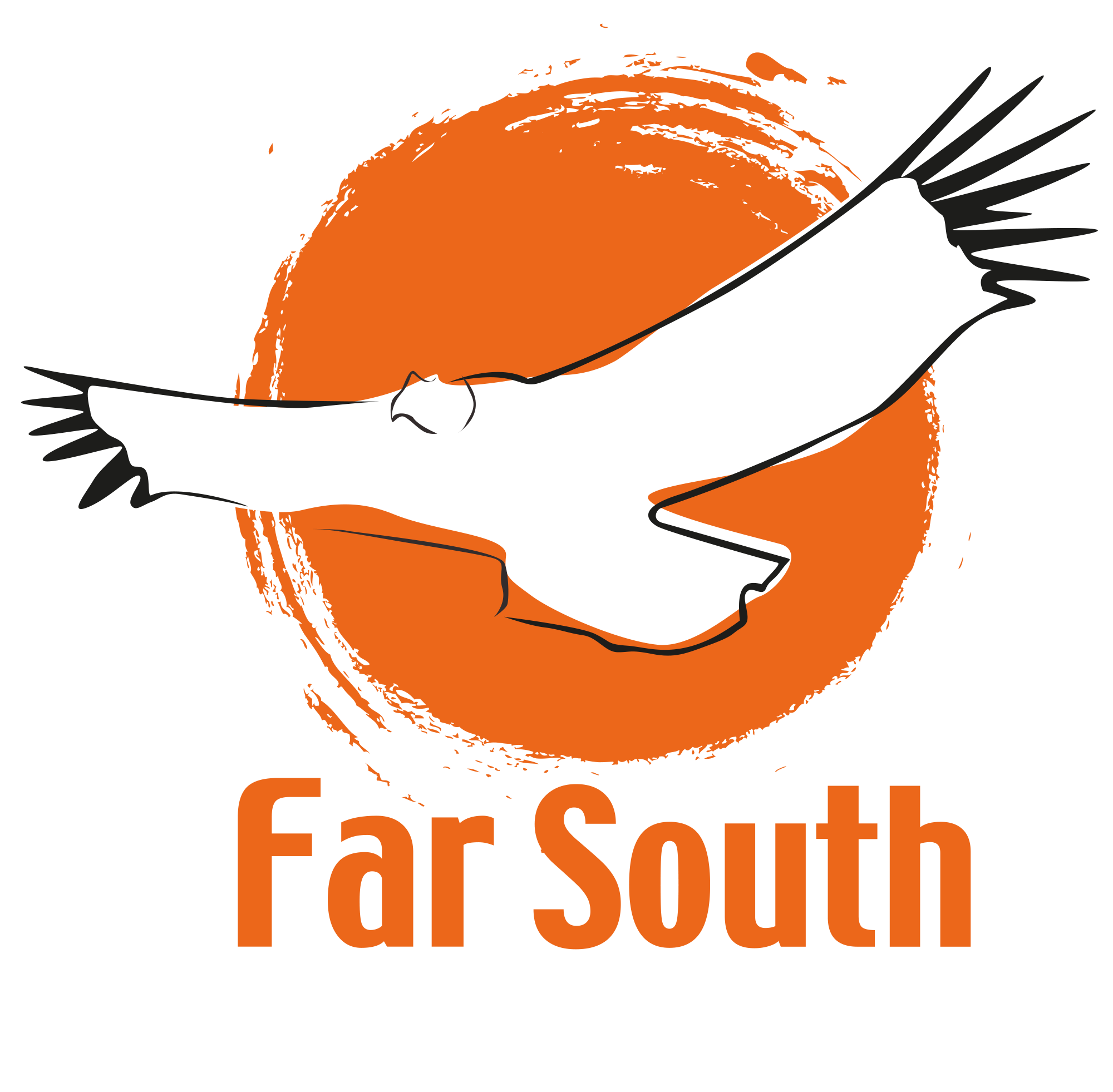
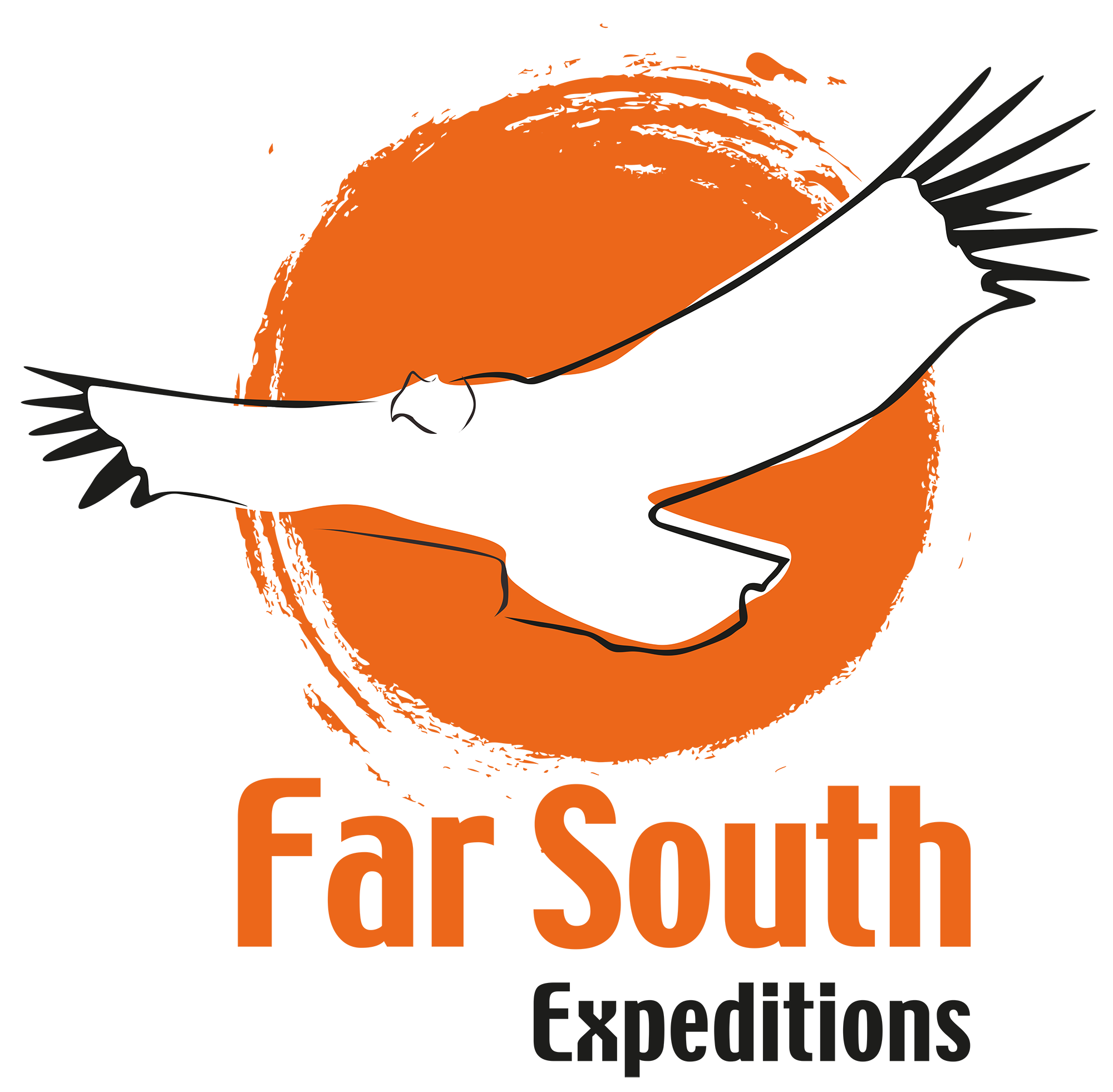
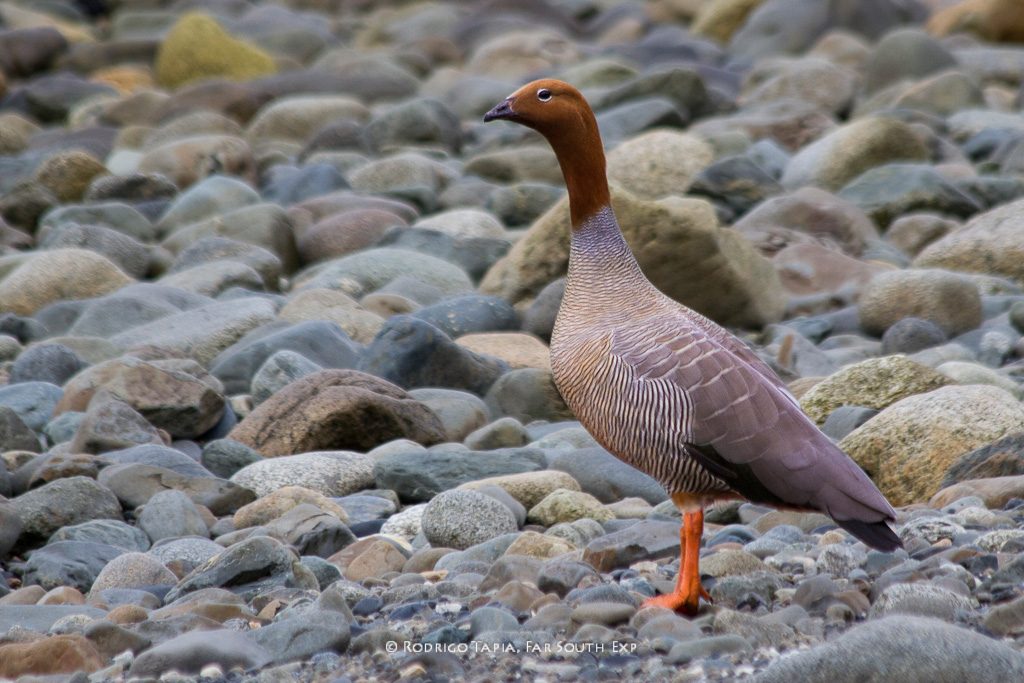


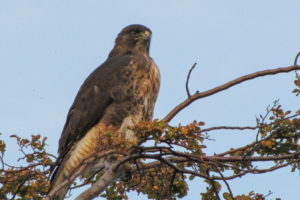
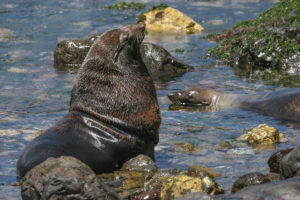


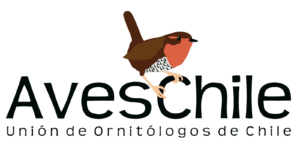
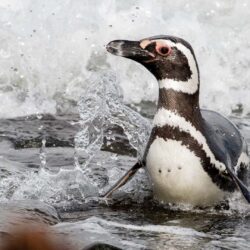
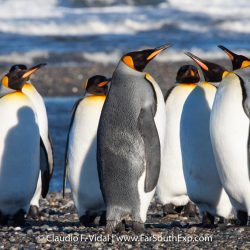
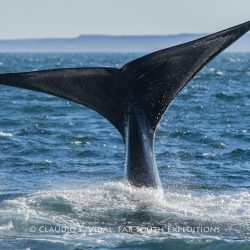
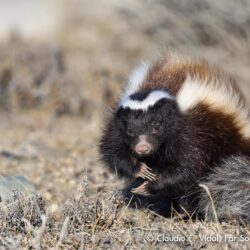

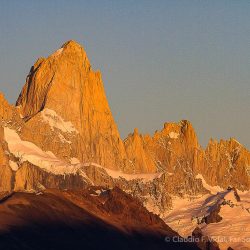
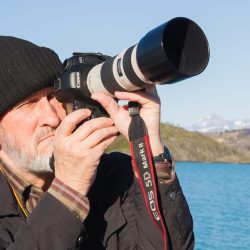
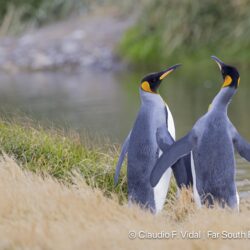


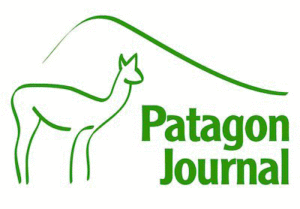
Leave a Reply
Your email is safe with us.